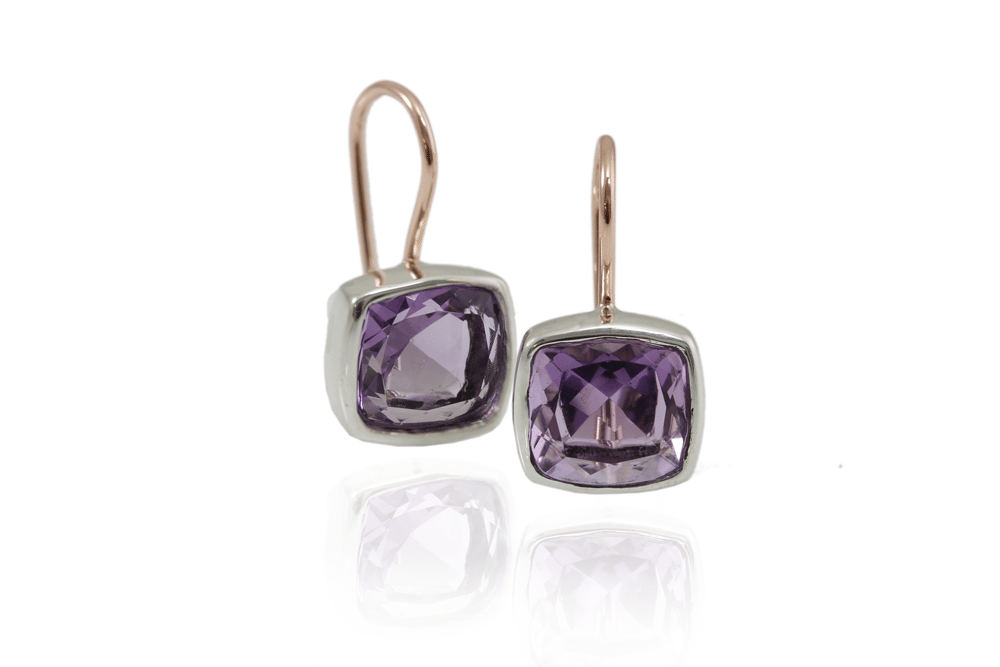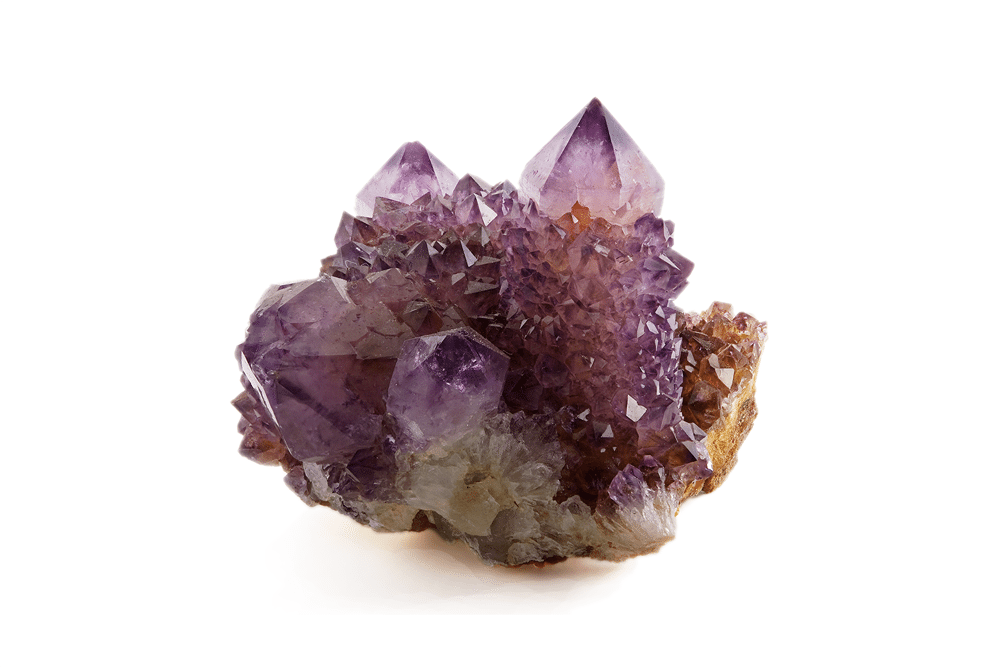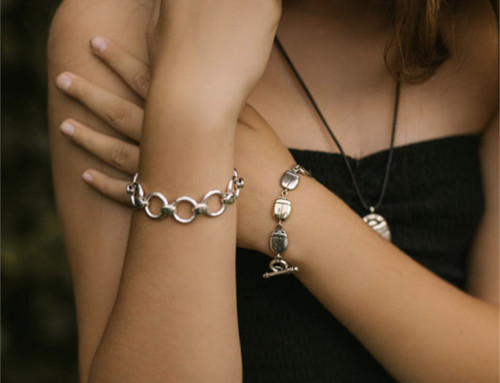Amethyst Birthstone – a Royal Celebration
The Amethyst birthstone is the colour of royalty
Those born in the month of February are fortunate have the beautiful amethyst birthstone. Amethyst is one of the most popular gemstones –crystalline quartz in shades of vivid purple, lilac and mauve – considered valuable since ancient times. In the Middle Ages, it was considered a symbol of royalty and was used to decorate English regalia.
Amethyst is well known as a sobriety stone. Its name comes from the Greek amethystos, which means ‘not drunken’, as the gemstone was thought to ward off drunkenness. According to Greek mythology, Amethyst was a young virgin who incurred the wrath of the Greek god Dionysus after he became intoxicated with red wine. When Amethyst cried out to the goddess Diana for help, she immediately turned the girl into a white, shimmering stone (quartz). When Dionysus realised what had happened and felt remorse, his tears dripped into his goblet of red wine. The red wine spilled all over the white rock, turning it into the purple quartz that is now known as amethyst.
Amethyst was once as valuable as rubies and emeralds; however, discoveries of huge deposits in Brazil since the 1800s caused the price to drop significantly and now these beautiful stones are more affordable and obtainable. Care should be taken in harsh light – sunlight and exposure to heat causes the colour of amethyst jewellery to deteriorate.
The amethyst has interesting spiritual connections, too. Beads of amethyst were found in Anglo-Saxon graves in England. Western Christian bishops wear an episcopal ring often set with an amethyst, resulting in it becoming known as the Bishops’ Stone. Tibetans consider amethyst sacred to the Buddha and make prayer beads from the gemstone. And amethyst is believed to provide a connection to the Divine. To the Hebrews, it was Ahlamah, the ninth stone in the breastplate of the High Priest. The twelfth foundation of the Holy city was built of amethyst. To the Egyptians, it was Hemag, listed in the Book of the Dead to be carved into heart-shaped amulets for burial. In Eastern cultures, it was listed in descriptions of sacred gem-cities and used in temple offerings.
The amethyst deposits with the greatest economic value are southern Brazil and neighbouring Uruguay. The third major export country is Madagascar. However, this gemstone is found across the globe. Specimens were found in Aztec graves, though the deposits from which they were extracted are not known. On the Canadian side of Lake Superior in North America, there is a place named Amethyst Harbour.
The world’s biggest amethyst geode is known as the Empress of Uruguay and can be found in Atherton in Australia. Originally found in northern Uruguay, it stands at well over three metres, where the tens of thousands of perfect, deep purple crystals enthrall visitors.
The amethyst symbolises piety, humility, sincerity and spiritual wisdom. Since this is the month of love, it’s fitting to tell you that amethyst is the stone of Saint Valentine, who is said to have worn a ring with an amethyst engraved with an image of Cupid. During the Middle Ages, if an amethyst was presented by a lady to her knight, or a bride to her husband, in the shape of a heart set in silver, the greatest possible earthly happiness would be bestowed on the pair.








Leave A Comment